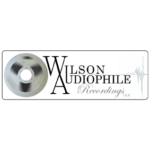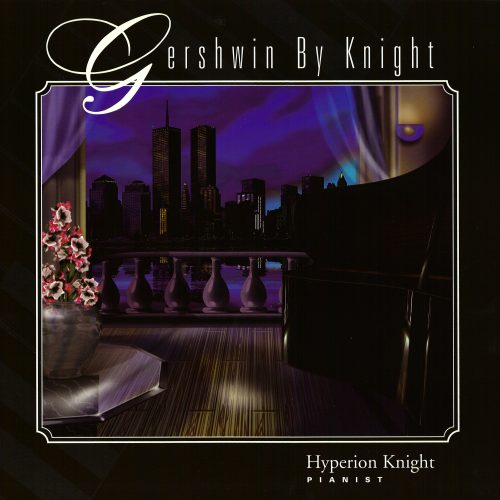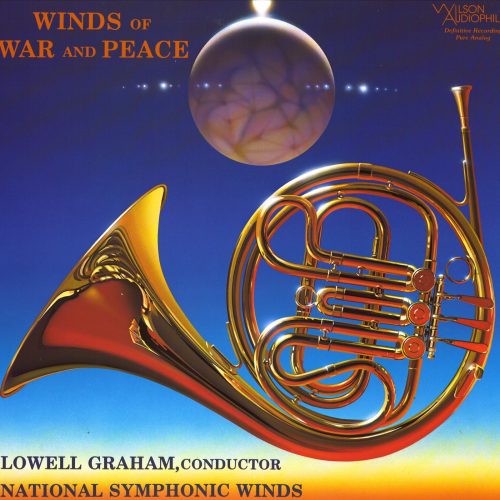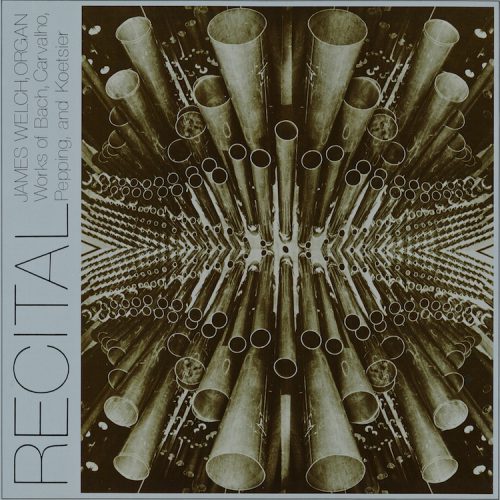Chopin’s Sonata in G minor, Op. 65 for cello and piano was the last composition published during his lifetime. Completed in 1846, the sonata was dedicated to Auguste Franchomme, a cellist and long-time friend of Chopin’s, with whom Chopin collaborated in writing his Grand Duo Concertant for cello and piano. Chopin and Franchomme premiered the work at Chopin’s last concert in Paris, and due to Chopin’s failing health only the last three movements were performed. In a concert hall filled with flowers and an admiring audience of three hundred of the Paris elite, the concert was a smashing success. Chopin was called back several times to thunderous applause, finally repeating his D-flat Waltz as an encore. The work has stood the test of time. Its unity exists on a level which is difficult to discern at first hearing, but is there nevertheless. Certainly, with its Chopinesque harmonies and continually evolving form, the Sonata would have sounded somewhat bizarre to audiences familiar with the more classical sonatas of Mozart and Beethoven. Also, although Chopin gained great popularity as a composer of miniatures, such as his waltzes, mazurkas, and other more virtuosic solo pieces, not many of his larger-scale works, particularly his piano sonatas, were appreciated in his day. Schumann said of the B-flat Piano Sonata, Op. 35 that Chopin had “bound together four of his maddest children”; elsewhere the work is referred to as “an enigma wrapped in a mysrery.
With the cello Sonata, Chopin proves himself to be a master in understanding the rich melodic possibilities of the cello. Chopin must have been fond of the instrument, as he wrote four of his five total chamber works for cello—the Grand Duo Concertant for cello and piano, the Introduction and Polonaise Brilliante, Op. 3 For cello and piano, and the Trio, Op. 8 for violin, cello and piano. In the Sonata, Chopin experiments with the relationship between piano and cello, exploring a wealth of different textures including piano solo in the opening of the first movement, lightly accompanied cello, cello with a piano countersubject, and piano solo with cello accompaniment.
The first movement, Allegro moderato, opens with a piano solo reminiscent of the grand orchestral introduction of the much earlier piano concertos. The cello begins a dialogue with the piano which develops to a climax, resolving into the most exquisite of second themes. The piano plays this theme alone, tension held in supreme stillness. From this point on, Chopin develops the material as a true craftsman, allowing the melody and other relevant materials to evolve organically into a tightly integrated whole. The second movement is a spirited scherzo with a middle section of extraordinarily romantic loveliness. The third movement, marked Largo and Cantabile, contains a melody of almost Schumannian pathos. The colors and transcendent peace of this movement bear striking resemblance to the middle section of the Marche Funébre from Chopin’s Piano Sonata in B-flat minor, Op. 35. The Finale of this sonata provides a fiery and passionate conclusion to the work.
Tracklist
Please note that the below previews are loaded as 44.1 kHz / 16 bit.Total time: 00:55:43
Additional information
| Label | |
|---|---|
| SKU | Wilson9432 |
| Qualities | |
| Channels | |
| Artists | |
| Composers | |
| Genres | |
| Recording Type & Bit Rate | Analog to DSD64 |
| Recording location | Maurice Abravanel Hall in Salt Lake City, Utah. |
| Recording Engineer | David A. Wilson This recording took place in December 1992 at Maurice Abravanel Hall in Salt Lake City, Utah. The hall is noted for its clean acoustics, linear reverberation, and midrange focus. As in most other Wilson Audio chamber and solo piano recordings, the perspective is close… as though the instruments are performing in your listening room. The piano is a nine-foot Falcone – an instrument of unusual beauty in its harmonic richness as well as its left hand power. A spaced pair of omni-directional Schoeps microphones was used. This configuration yields a superbly accurate presentation of harmonics, timbres, and dynamics. The cello is an example of the Italian Luthier Pressenda, crafted in 1830, in Turino. The cello bows are the work of William Salchow of New York. When listening to this recording, the cello is positioned in front of the piano. The cello is to the right of center, facing diagonally across the soundstage. The image of the cello is rather large, and moves in the soundstage as the cellist plays the instrument. This is a normal consequence of the spaced omni configuration, as is the recording's naturally rich harmonic structure. The microphone preamps, designed and built by John Curl, are sophisticated, fully class A, directcoupled units. The master tape was recorded on the UltramasterTM,Wilson Audio’s exclusive 3O ips analog recorder. This instrument, designed and built by John Curl, is fully direct-coupled, and exhibits a record/playback frequency bandwidth of over 45 KHz. 3M 996 mastering tape was used. Location monitoring was on Wilson WATT III/ Puppy II precision loudspeakers powered by a Spectral DMA-8O amplifier. At Wilson Audio, master tapes and reference lacquers were evaluated on both the WATT/ Puppy and on the WAMM series VII, powered by a variety of amplifiers including Mark Levinson, Audio Research, Krell, Spectral, Jadis, Rowland and Audio Note. Excellent compatibility was realized with all of these designs.
This recording was made and mastered using the multi-patented CVT (Constant Velocity Transmission) technologies provided under license to Wilson Audio Specialties by MIT. The use of these technologies preserves details in the recording and mastering process that result in a record or CD with increased clarity and transparency. This ensures a more natural and lifelike representation of the original event. CVT and MIT are registered trademarks of Music Interface Technologies of Auburn, California. Analog mastering was performed at Wilson Audiophile's mastering lab in Provo, Utah. |
| Producer | Bruce Leek |
| Mastering Engineer | Analog to High Definition DSD Digital Transfer – Bruce Brown at Puget Sound Studios |
| Original Recording Format | |
| Instruments | |
| Release Date | May 29, 2015 |
Only logged in customers who have purchased this product may leave a review.






Reviews
There are no reviews yet.